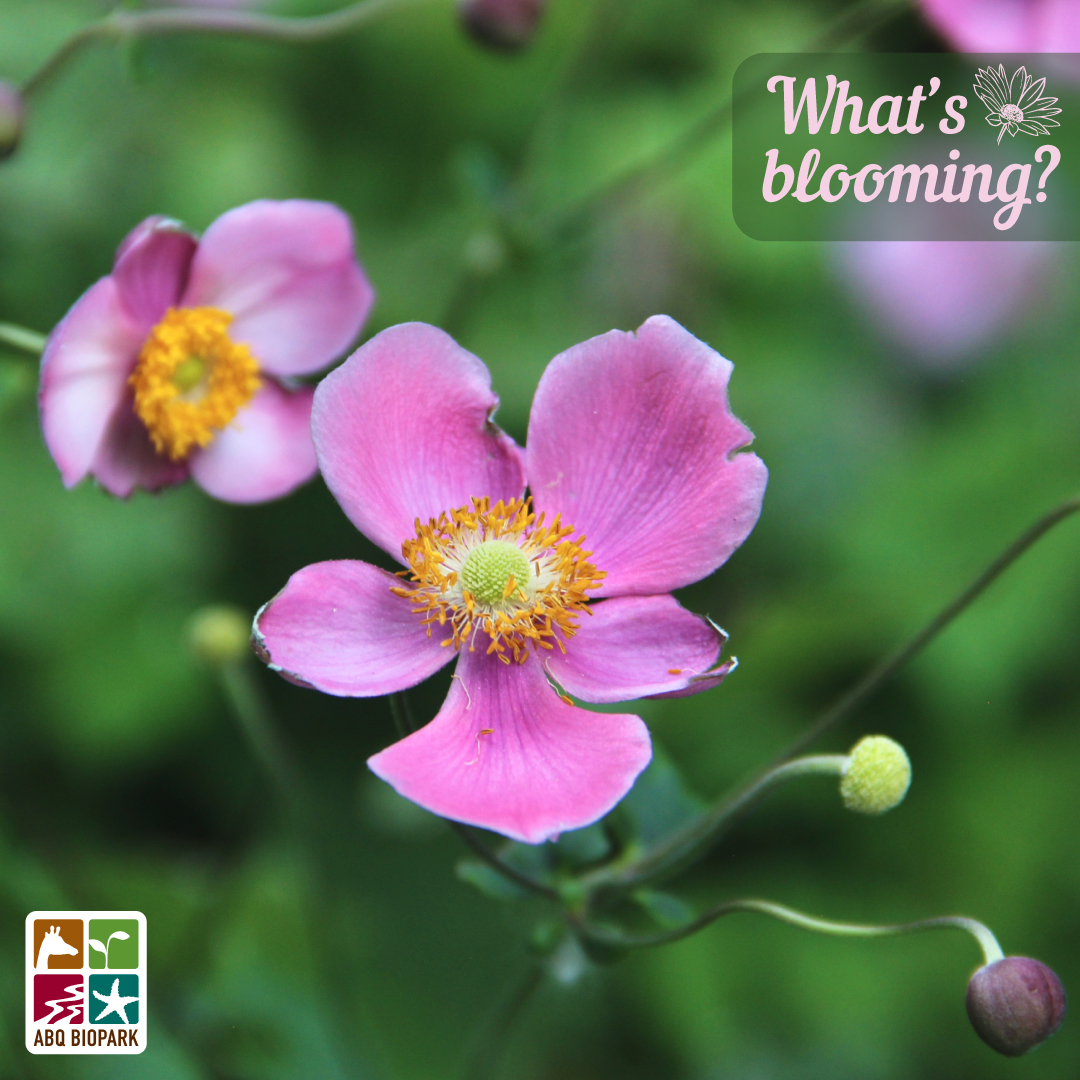Summary:
1. Introduction to the Japanese anemone and its unique characteristics
2. Growing and caring for Japanese anemones in your Garden
3. The beauty and benefits of incorporating Japanese anemones in the Sasebo Japanese Garden
4. Extending the blooming season with different cultivars of Japanese anemones
5. Additional resources and tips for creating a stunning garden with Japanese anemones
Have you ever encountered a delicate flower that seems to dance gracefully in the lightest breeze? If you haven’t, let me introduce you to the Japanese anemone, the “windflower.” These captivating blooms bring beauty and elegance to gardens, especially in the late summer and fall. In this article, we will dive into the unique and fascinating aspects of the Japanese anemone and explore how to incorporate them into your Garden.
Let’s start with the basics. The Japanese anemone, scientifically known as Anemone x hybrida, is a perennial flowering plant native to Japan and China. Its name, Windflowerr” perfectly captures the ethereal quality of its blooms, which appear to sway and flutter in the slightest breeze. This captivating feature immediately sets the Japanese anemone apart from other flowers, drawing the attention of humans and pollinators alike.
When cultivating Japanese anemones in your Garden, you’ll be pleased to know they are relatively low-maintenance plants. They prefer well-drained soil and thrive in locations with partial shade. However, they can adapt to various soil conditions, making them versatile and suitable for various garden settings. Planting them in the late summer or early fall is ideal, allowing them to establish strong roots before facing the cold winter months.
Regular watering is essential to ensure your Japanese anemones’ longevity and health, particularly during dry spells. Mulching around the plants can help retain moisture and control weeds. These blooms are also deer and rabbit-resistant, which is fantastic news for gardeners who struggle with these furry visitors.
Now, let’s stroll through the enchanting Sasebo Japanese Garden, where Japanese anemones take center stage. This Garden in [insert location] showcases the beauty and tranquility of Japanese culture, art, and nature. In late August and early September, ‘September Charm,’ a cultivar of Japanese anemone, begins the fall show with its stunning pink blooms. As it reaches its peak, another cultivar named ‘Honorie Jobert’ takes over the stage, showcasing beautiful white flowers. This succession of different cultivars extends the blooming season, allowing visitors to enjoy the mesmerizing beauty of Japanese anemones until the autumn leaves start to color and drop.
The Sasebo Japanese Garden has created a masterpiece of color, texture, and harmony through careful selection and planning. The combination of ‘September Charm’ and ‘Honorie Jobert’ creates a captivating spectacle and showcases the versatility of Japanese anemones as a perennial color provider in a garden. The contrast between the pink and white flowers adds depth and interest to the landscape, while the delicate dance of the blooms harmonizes with the serene atmosphere of the Garden.
If you’re inspired to introduce Japanese anemones into your Garden, here are a few tips to ensure success. Consider the cultivars that best suit your desired aesthetic and blooming period. Research and choose cultivars that will extend the blooming season in your Garden, just like the Sasebo Japanese Garden does. Secondly, provide adequate space for the plants to grow and thrive, as they can spread and form clumps over time. Remember to give them room to gracefully sway in the breeze.
It’s also worth noting that Japanese anemones can be the perfect addition to a pollinator-friendly garden. Their nectar-rich blooms attract bees, butterflies, and other beneficial insects, making them an excellent choice for those who want to support biodiversity and create a vibrant ecosystem in their gardens.
To grow your Japanese anemones, follow these general guidelines: prepare the soil by removing any weeds or debris, dig a hole that fits the size of the plant’s root ball, and carefully place the plant in the hole, making sure it is at the same level as it was in its container. Gently backfill the hole and water thoroughly. With proper care and attention, your Japanese anemones will reward you with their elegant and mesmerizing blooms year after year.
In conclusion, the Japanese anemone, or “windflower,” is a true delight for any gardener or nature enthusiast. With their graceful dance in the breeze and extended blooming season, they bring a touch of elegance and beauty to any garden. Whether you incorporate them into your own Garden or visit the stunning Sasebo Japanese Garden, these enchanting blooms will leave a lasting impression. So why not embark on a journey to discover the captivating world of Japanese anemones? Their timeless allure awaits you.
*****
Source Description
What’s Blooming? Wednesdays-Meet the Japanese anemone: Also nicknamed “windflower” for their blooms dancing gracefully in the slightest breeze, they bloom in the late summer and fall and are a great way to extend perennial color in your Garden. In the Sasebo Japanese Garden, ‘September Charm’ begins the fall show in late August and early September, and just as it reaches its peak bloom, a second cultivar, the white-flowering Anemone x hybrid Honorie Jobert,’ takes over the show. Using both cultivars in succession extends the blooming season until the autumn leaves begin to color and drop. Visit the Garden’s page to read more about how to grow your own; link in bio! Pictured: Anemone x hybrid ‘September Charm,’ Japanese Garden


